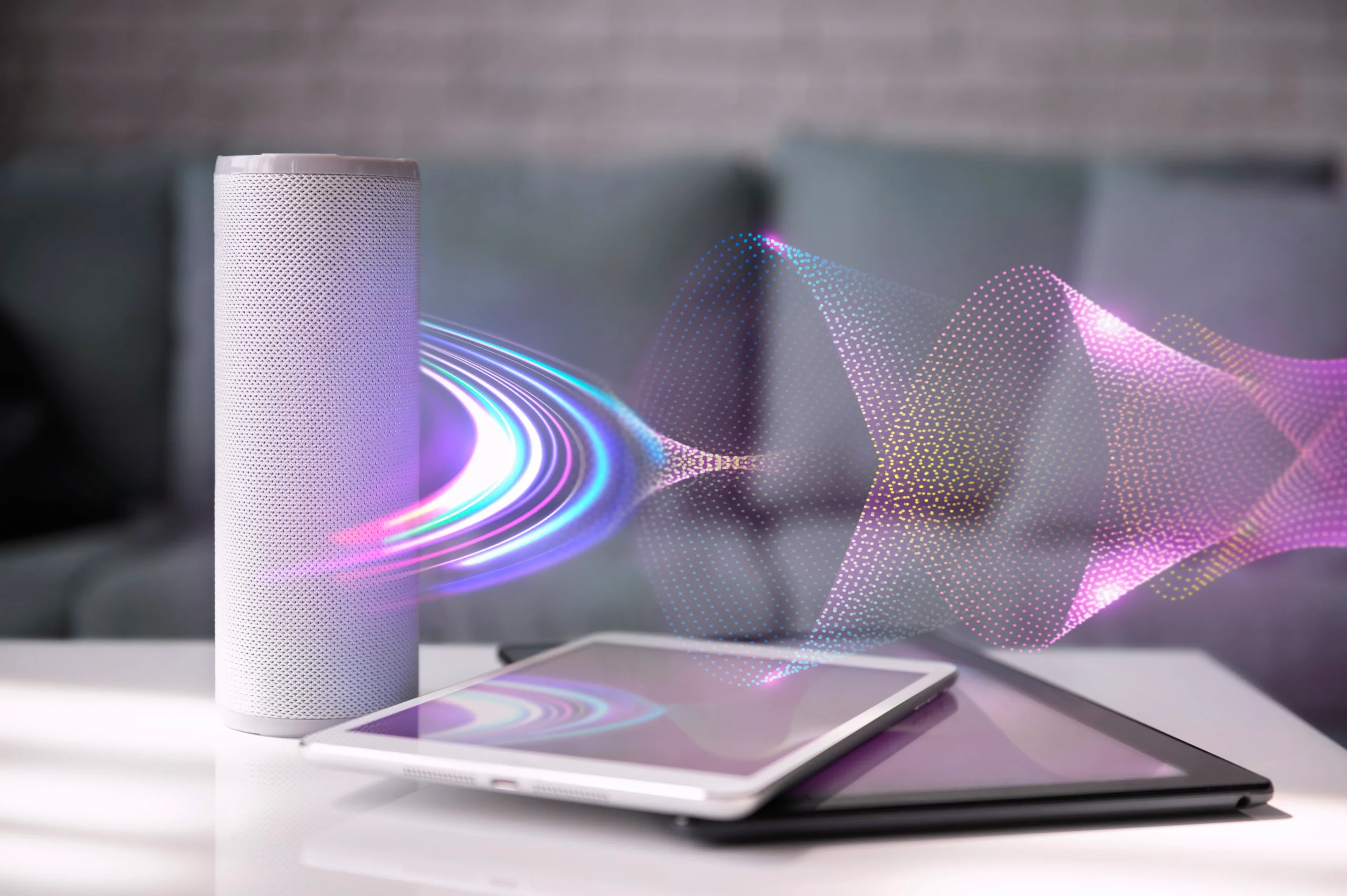Introduction
Wireless charging has become a popular and convenient method for powering up our electronic devices. From smartphones and smartwatches to earbuds and even electric toothbrushes, wireless chargers are revolutionizing how we charge our gadgets. But how exactly does a wireless charger work? This article delves into the science and technology behind wireless charging, explaining the principles, types, and benefits of this modern innovation.
The Basics of Wireless Charging
Wireless charging, also known as inductive charging, is a method of charging devices without a physical connection using cables. Instead of connecting your device with a wire, you place it on a charging pad or stand. Here’s how it all works:
What is Wireless Charging?
Wireless charging is a technology that uses electromagnetic fields to transfer energy between two objects. It is based on the principle of electromagnetic induction, where an electric current generates a magnetic field that can transmit power wirelessly. The energy is sent through an electromagnetic field from the charging pad to the device, where it is converted back into electrical energy to charge the battery.
Key Components of a Wireless Charging System
A typical wireless charging system comprises three main components:
- The Power Source: Usually a wall adapter that connects to the charging pad.
- The Transmitter (Charging Pad or Stand): The surface on which the device is placed for charging.
- The Receiver (Device with a Compatible Coil): The device that receives the transmitted energy, such as a smartphone equipped with a wireless charging coil.
The Science Behind Wireless Charging
To understand how a wireless charger works, it’s essential to explore the science behind it.
Electromagnetic Induction: The Core Principle
Wireless charging is based on a fundamental scientific concept known as electromagnetic induction. This principle was discovered by Michael Faraday in the 19th century.
- Electromagnetic Induction Explained: When an electric current flows through a coil of wire, it generates a magnetic field around it. If another coil is brought into proximity with this magnetic field, an electric current is induced in the second coil. In wireless charging, the first coil is in the charging pad, and the second coil is inside the device being charged.
How the Energy is Transferred
Wireless chargers work by creating an alternating current (AC) in the transmitter coil (charging pad). This current generates a fluctuating magnetic field. When a device with a receiver coil is placed near this magnetic field, it induces an electric current in the receiver coil. This induced current is then converted into direct current (DC) by the receiver circuit, which charges the device’s battery.
Resonant Inductive Coupling
Some wireless chargers use a technique called resonant inductive coupling to increase the efficiency and distance over which power can be transmitted. In this method, both the transmitter and receiver coils are tuned to resonate at the same frequency, which allows energy transfer over a greater distance and more efficiently.
Types of Wireless Charging Technologies
There are several wireless charging technologies in use today, each with its own advantages.
Inductive Charging
Inductive charging is the most common form of wireless charging, used in many consumer devices such as smartphones and smartwatches.
- How It Works: It requires the device to be placed in close contact with the charging pad or stand.
- Pros and Cons: This method is highly efficient and safe, but it typically requires the device to be positioned accurately on the pad for optimal charging.
Resonant Charging
Resonant charging is a more flexible form of wireless charging that allows for some distance between the charger and the device.
- How It Works: It uses resonant inductive coupling, enabling power transmission over a few centimeters.
- Pros and Cons: This method is less sensitive to misalignment but can be less efficient than inductive charging when the distance increases.
Radio Frequency (RF) Wireless Charging
Radio Frequency wireless charging is an emerging technology that can charge devices over a more extended range.
- How It Works: It uses radio waves to transmit power over a distance.
- Pros and Cons: This method allows for more flexibility and can charge multiple devices at once, but it is currently less efficient and less widely adopted.
How to Use a Wireless Charger Effectively
To get the most out of a wireless charger, it’s essential to use it correctly.
Choosing the Right Wireless Charger
Not all wireless chargers are created equal. Here are some factors to consider:
- Compatibility: Ensure that the wireless charger is compatible with your device. Look for the Qi certification, the most common standard used in wireless charging.
- Wattage: Higher wattage chargers can provide faster charging speeds, but make sure your device supports fast charging.
- Design and Features: Consider the design, whether you prefer a flat pad or a stand, and additional features such as cooling fans or LED indicators.
Proper Placement of Your Device
For optimal performance, place your device correctly on the charging pad.
- Centering the Device: Align the device’s receiver coil with the charger’s transmitter coil to ensure maximum energy transfer.
- Avoiding Obstructions: Remove any metal objects or cases that could interfere with the electromagnetic field and reduce charging efficiency.
Understanding Charging Speeds and Limitations
Wireless charging may be slower than wired charging for several reasons.
- Energy Loss: Some energy is lost as heat during the transfer process, which can slow down the charging speed.
- Device and Charger Compatibility: The maximum power transfer rate depends on both the device and the wireless charger’s capabilities.
Advantages and Disadvantages of Wireless Charging
Wireless charging offers several benefits but also comes with some limitations.
Advantages of Wireless Charging
- Convenience: No need to plug in a cable; just place your device on the charging pad.
- Reduced Wear and Tear: Less frequent plugging and unplugging reduces wear on charging ports.
- Universal Compatibility: Many devices use the Qi standard, allowing one charger to work with multiple devices.
Disadvantages of Wireless Charging
- Slower Charging Speeds: Generally, wireless charging is slower than wired charging.
- Position Sensitivity: Devices must be properly aligned on the charging pad for optimal performance.
- Energy Efficiency: Some energy is lost as heat during the process, making it less efficient than wired charging.
The Future of Wireless Charging
Wireless charging technology is continually evolving, with innovations on the horizon that promise to enhance its convenience and efficiency.
Longer Range Charging
Research is underway to develop technologies that can charge devices over greater distances, potentially eliminating the need for charging pads.
Higher Efficiency and Speed
Future advancements aim to reduce energy loss and increase the speed of wireless charging, making it as fast and efficient as wired methods.
Wider Applications
Wireless charging is expected to expand beyond consumer electronics, potentially powering electric vehicles, kitchen appliances, and more.
Conclusion
Wireless charging has become an integral part of our tech-driven lives, offering a convenient and cable-free way to power up our devices. By leveraging electromagnetic induction, resonant coupling, or radio frequency, wireless chargers transmit energy effectively to compatible devices. While there are some limitations, the benefits of convenience, reduced wear and tear, and universal compatibility make wireless charging an appealing option for many users. As technology continues to advance, wireless charging will likely become faster, more efficient, and capable of charging devices over greater distances, making it an even more essential feature in our daily lives.
Understanding how wireless chargers work can help you make informed decisions about the technology and utilize it to its fullest potential. Whether you are a tech enthusiast or just someone who appreciates the convenience, wireless charging is undoubtedly a game-changer in the world of electronic devices.


